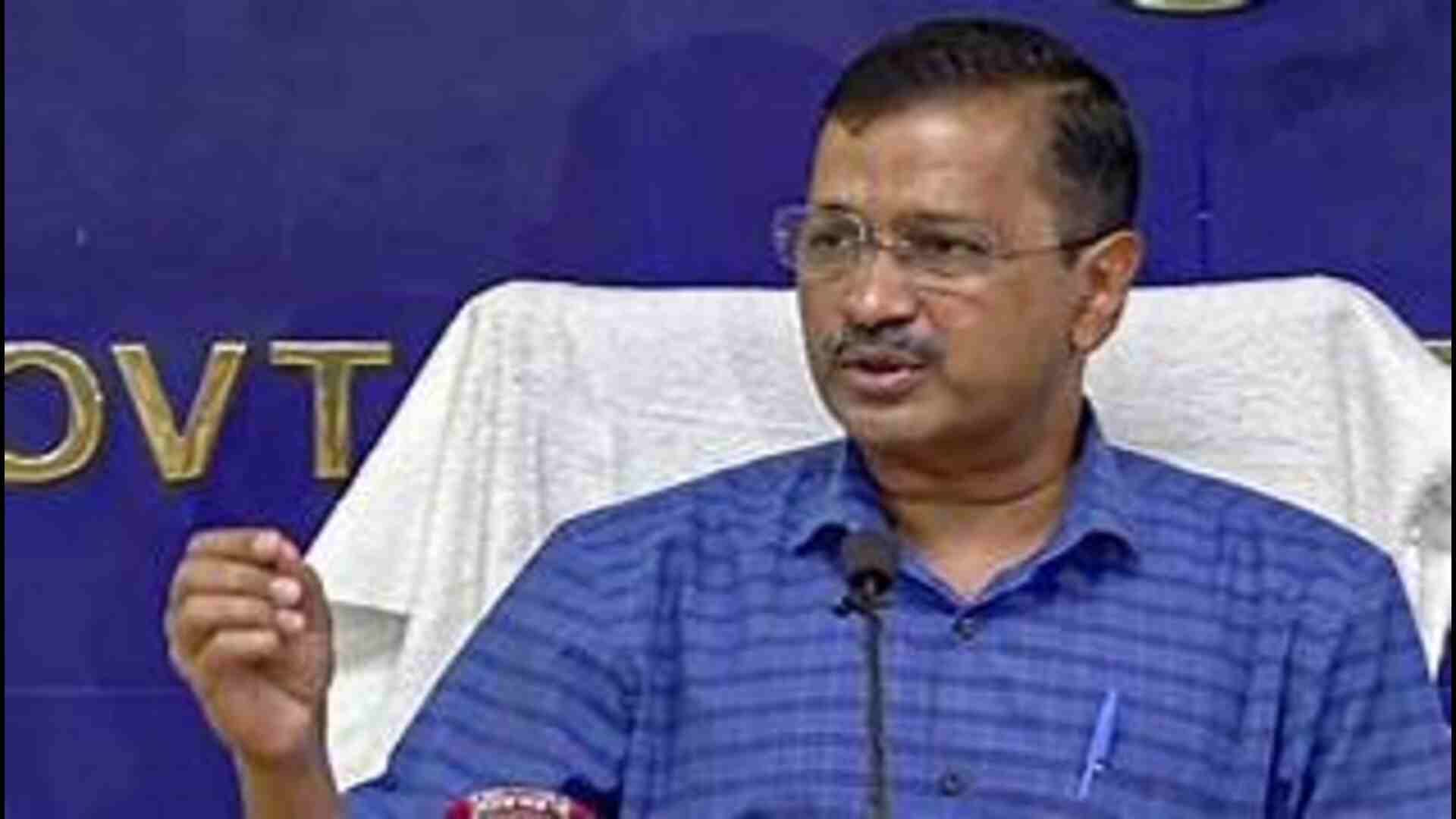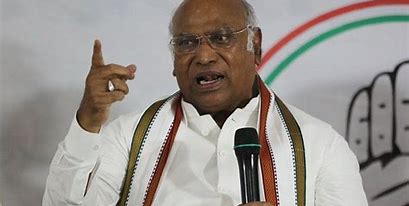World Bank experts, the next war among neighbouring countries and cities worldwide will be for “water” and this is a scenario the experts have predicted to take place by 2020. But in reality, in Delhi, the national Capital, the war over water has already started. There has been a continuous war going on between Delhi and Haryana regarding the sharing of water between the two States but nothing has been officially finalised. The national Capital has been facing severe water scarcity for a very long time, and now things have worse.
Amidst scorching weather, with temperatures hovering around 50° C, the Delhi government has turned to the Supreme Court (SC) for immediate intervention to resolve its escalating water crisis. It has sought directives for the state of Haryana to release additional water to alleviate the crisis and provide relief to millions of Delhiites.
Delhi largely depends on its neighbouring states of Himachal Pradesh, Uttarakhand, Punjab, Haryana and Uttar Pradesh to meet around 90 per cent of its drinking water demand. According to the Delhi Jal Board (DJB), the capital’s raw water supply comes from four primary sources — 40 per cent from the Yamuna, sourced through Haryana; 25 per cent from the Ganga; 22 per cent from the Bhakra Nangal Dam and the remaining 13 per cent from subsurface sources such as Ranney wells and tube-wells. This water is treated at nine Water Treatment Plants (WTP) and supplied across the city through a 15,473 km long pipeline network and underground water reservoirs.
On 7th June, 2024, the Supreme Court allowed the state of Himachal Pradesh to release 137 cusecs of surplus water available with it and directed the Haryana government to facilitate the flow of the surplus water from Hathnikund barrage to Wazirabad uninterruptedly to Delhi to mitigate the drinking water crisis in the national capital. A vacation bench of Justices Prashant Kumar Mishra and KV Viswanathan asked Himachal Pradesh to release surplus water on June 7 with prior intimation to Haryana. The court asked the Upper Yamuna River Board (UYRB) to measure water released by Himachal Pradesh at Hathnikund in Haryana. Haryana should not obstruct the onward flow of water to Delhi from Himachal but should instead facilitate the same, the bench said.
Well, there is not one but many causes for the water problem in Delhi. We cannot ignore its fast paced population growth. We cannot ignore the fast paced growth of slums in various localities in Delhi. Thousands of people live in Delhi without adequate water supply and sanitation services. The reason being the groundwater table is depleted. Also, the warmer climate and deficit rainfall have also led to the growth of water shortages in the capital. Rapid urbanisation and industrialisation have led to increased pollution of water bodies, making them unfit for consumption. Additionally, inefficient agricultural practices and excessive groundwater extraction have depleted crucial water sources. Climate change further aggravates the situation, causing irregular rainfall patterns and affecting the recharge of rivers and aquifers.
Like every summer, this time too Delhi faces severe water shortage. 60% of the water supplied by Delhi Jal Board comes from the Yamuna, around 34% from Ganga, and the rest is from groundwater. Yamuna river, the major provider of the city’s drinking water, runs heavy with pollutants and is thick with toxic waste after a nearly clear-water Yamuna enters Delhi. Moreover, 40% of DJB’s water supply is Non-Revenue Water (NRW), meaning it’s a black hole with no revenue in return. This NRW goes to illegal connections, a kinder term for water theft, and to the community taps that DJB installs in Delhi’s unauthorised colonies. It is also the unauthorised colonies and slum settlements that bear the brunt worst, left at the mercy of a ‘water mafia’ that’s an accepted illegality. Poorly connected to sewage networks, they also discharge wastewater and sewage directly into nearby river bodies and the Yamuna, thus being one of the major causes of pollution.
In fact, Delhi Jal Board (DJB) who is responsible for water supply and management has not been able to arrange proper distribution of water. Most parts of the city have no piped connections. Various localities depend on tankers. In summers, it is a perpetual problem in Delhi. Every year, Delhi has to depend on other neighbouring States like Uttar Pradesh, Haryana, Punjab and Uttarakhand for water supply, when it has in its heart the Yamuna river. The reason being there has always been poor water management. A lot of water gets wasted. The DJB is to be blamed as it has not been able to keep its infrastructure and equipment in better condition. Most of the water, around 52%, gets wasted due to leaks in the pipelines of the DJB. There is also no proper water treatment and waste disposal facilities in the Capital. The poor sewage treatment causes the shortage of potable water as there are no proper means to treat sewage water for re-use. There are around 600 water bodies, which need to be replenished. Also, distribution of water haphazardly, loss of water in transmission and distribution, unauthorised use of water and unmetered water supply have all contributed towards water shortage in the Capital.
Adding to the challenge, the most critical issue is the water-sharing dispute with Haryana. The Delhi government has often criticised the Haryana government for releasing less water than what was agreed upon in the 1994 MoU. In response, Haryana has maintained that Delhi is experiencing water scarcity due to internal mismanagement. Regardless of the technicalities involved, it’s undeniable that the ongoing political friction is inflicting unimaginable harm upon the citizens of this country, a responsibility that both governments must shoulder. In a country where people frequently migrate and settle in other states and Union Territories, governments must avoid politicising the vital issue of water sharing, as the lives of people from various states, including Haryana, who reside in Delhi, depend on a reliable and sufficient water supply. As Mahatma Gandhi’s principle of trusteeship suggests, political leaders are mere trustees of the public’s resources, and they must manage these resources judiciously and impartially, prioritising the needs of the people over political gains.
Taking measures to make the operations of the sewage treatment plants functional. The Government should encourage the use of small decentralized sewage treatment plants to recycle the water. The Government should make rain water harvesting mandatory for all the residential apartments, individual houses, corporate houses and industrial units. Getting water is not the problem but managing water is the biggest problem. So accurate and strict measures should be taken for proper management of water resources. More dams should be constructed, especially in those areas where the rain water gets drained out without being used. Proper legal enforcement of water should be emphasised. There should not be demand side management. Instead, more focus should be given on the supply side management. DJB should distribute water equally in all locations, instead of supplying water to VIP zones more than the common people’s localities. More and more tree plantation to replenish the ground water level.
The Government can also follow other countries. For instance, Singapore. In Singapore, there is a graded pricing system. The Singapore Government sets a price for a certain quantity of water consumption per month. In case the citizens consume more than the stipulated amount, they should pay extra money. This method can encourage people to conserve water and use water judiciously.
It is high time now that the citizens of the Capital should understand the need for saving water. Well, this is nothing new. Keep the taps close while brushing your teeth, use the bucket and not the shower while bathing, don’t use hose to water your plants or to clean your car, look for leaks in your taps and repair them immediately, don’t leave the tap running and so on. These are the basic rules that each and every one of us know from our childhood days. But, in reality do we really follow them? Since a section of the society is well-educated, it is the duty of this section to create awareness so that the common and the poor people get to know the need for conserving water and how to use water properly.
And yes, rain water harvesting is very essential in all societies and residences. Let DJB and the Government continue with their solutions and policies to solve the water crisis. I believe, every single drop of water saved counts a lot. It is time to aggressively start convincing the people and the Government to bring about a change in the mindset of the people.
In the landmark case of Narmada Bachao Andolan vs. Union of India, (2000), the Supreme Court held that access to water is intrinsic to the right to life, and thus a fundamental right. The top court also emphasised that the “state is responsible for providing clean drinking water to the citizens.” However, India’s pursuit of these noble objectives remains a distant dream unless it can ensure an adequate water supply for the very residents of its capital. Delhi must implement sustainable policy and governance reforms with technological interventions, infrastructure development and alternate water conservation methods. At the same time, the people should also take it as a collective responsibility and inculcate responsible water consumption behaviours.
The Writer is an Associate Professor in Seedling School of Law and Governance, Jaipur National University, Jaipur.







